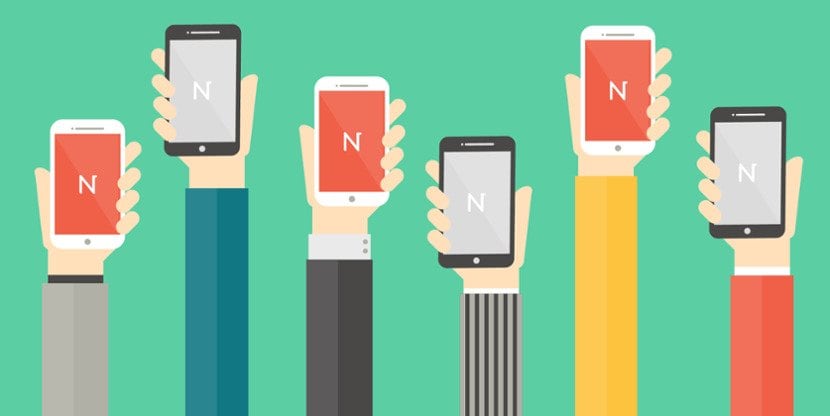Picture this: you’re a sales representative at a small telecom store in your local mall. We’ll call you Trish. You work four shifts a week at Acme Mobile–an up and coming brand in the telecommunications industry with stores throughout the country and hundreds of frontline employees. You started working at Acme Mobile a few months ago to save up money for rent and tuition. You enjoy your job and the perks of saving on phone plans, but your interest doesn’t extend further than that. So, do you live and breathe the Acme Mobile brand? Do you know the latest promotions, products, and long-term company goals? Probably not, but you should.
Does this employee sound familiar? A large part of retail, hospitality, or foodservice workforces are frontline or non-desk employees, who are the backbone of businesses and the face of brands. Though it’s critical to keep them engaged, it’s often hard to reach them.
The problem? Frontline employees are busy, often work part-time, are geographically dispersed, and do not have access to traditional corporate communication channels. Even through email, bulletin boards, and team huddles, there’s no true way of ensuring that teams are understanding and retaining the information, creating a frustration around communication between employees and head office. Tribe Inc. recently conducted a survey of 1,000 non-desk workers in the U.S, where 84% of respondents state that they don’t get enough information from top management. Furthermore, 75% said their employers aren’t telling them enough about changes in policies and goals, showing how frontline employees are craving more information from corporate, but corporate doesn’t know how to get it to them.
How can we solve this problem? First, consider the following:
1. They do not have corporate email addresses
Only a small fraction of frontline employees have access to a company email address. Tribe’s survey found that 83% of frontline employees are not on their company’s email system, although 38% say they would like to be. Email is a good channel for internal communications; however, when dealing with frontline employees, high turnover, security, limited access, and expenses can become issues.
2. They do not have the time
Frontline employees are extremely time constrained during their workday. In fact, the total time spent by a retail employee on corporate communications averaged at less than 2 minutes per day. Their time is short, so communication has to be quick, accessible, easy to understand, and actionable.
3. They aren’t getting the right information
73% of frontline employees rely on their supervisors to keep them informed, yet organizations continue to face the challenges around broken communication between supervisors and frontline staff. This puts a lot of pressure on supervisors here as both corporate and frontline employees rely on them to receive, understand, and relay information.

Ultimately, companies need a way to reach frontline employees that is accessible, efficient, and accurate. The answer? An enterprise mobile app, and here’s why.
A mobile app is the perfect answer to communication challenges within an organization. It solves the problems outlined above and makes for the most efficient and effective communication solution. Instead of having to check the company intranet, newsletter, social media pages, or email, a mobile app provides convenience and flexibility. Through push notifications employees can get access to real-time information while remaining in-the-loop on all company and product updates. Mobile also provides corporations with a tool that reaches every frontline employee regardless of location.
Accessible? Efficient? Accurate? Check.
Over 85% of people between the age of 18 and 35 own a smartphone and are spending an average of 162 minutes per day using them. With Gen Z entering the workforce, it’s important more than ever to activate a mobile-first communications strategy. At the end of the day, employees will be using their smartphones regardless, so take advantage of these behaviors to connect with your frontline teams, providing them with the information they need to deliver on business goals.
If you’re looking for a way to engage your frontline employees using mobile, look no further. Our mobile solution is powered by behavioral theory, social mechanics, and gamification, offering a truly unprecedented way of impacting key business drivers while delivering insights that matter.

